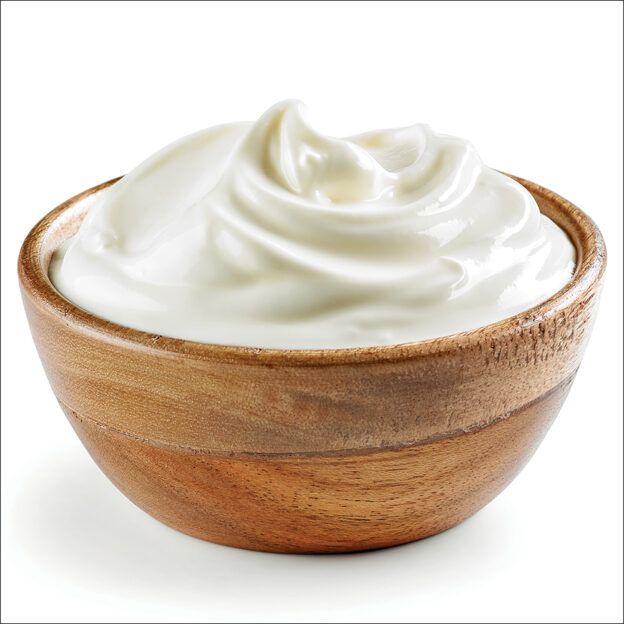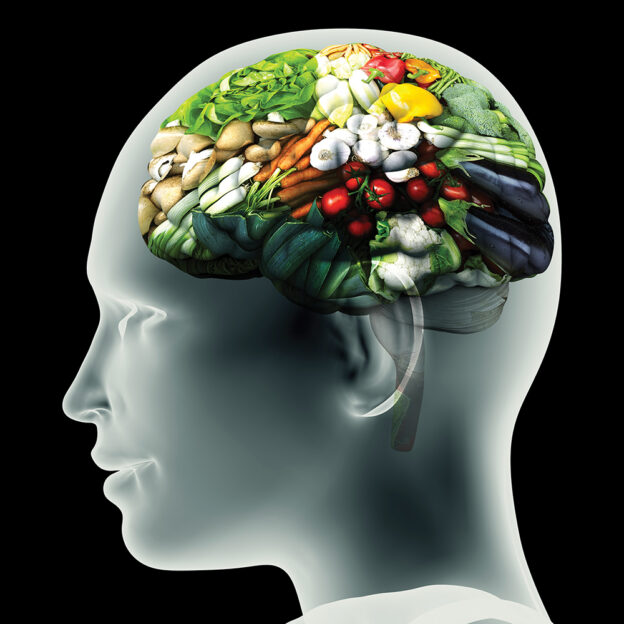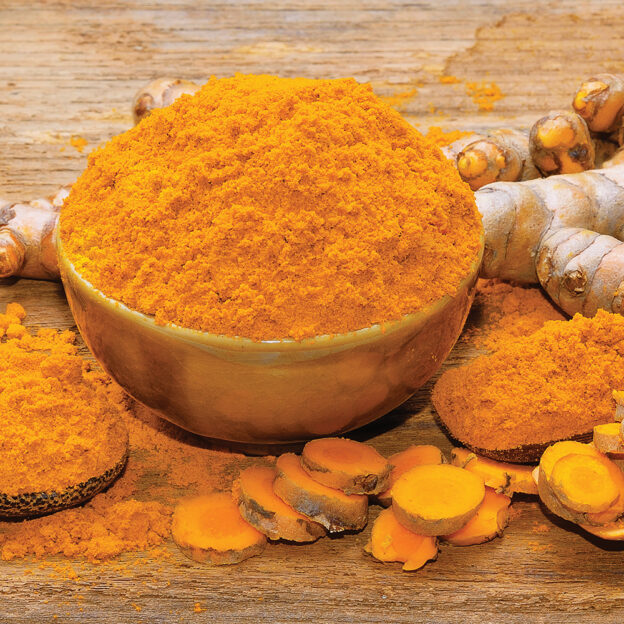By Jason Barker.

A multivitamin-mineral may be one of the most important parts of your health regimen. In fact, a June 2002 study suggests that nearly all adults in the U.S. have vitamin deficiencies of some sort and should supplement with a multivitamin to bolster dietary intake.1 While the necessity of taking a multivitamin isn’t in doubt; quality is a concern.
That’s why I tell my patients that taking a multivitamin is an inexpensive form of health insurance, but it is only meant to fill “holes” in their diet. (Let’s face it, none of us eat perfectly)
However, the old adage “you get what you pay for” is especially true in the supplement and multivitamin arena. Supplement quality is loosely regulated in the US, and manufacturers need only to include a few basic vitamins and minerals in their formulation to create a “multivitamin.”
As a result, there is a pretty big range in both price and quality of multivitamins. You can be all but certain that if the price is dirt cheap, the quality is likely to be as well. Take many of the multivitamins available from groceries, pharmacies, and big box stores for example. The vast majority (if not all) are overly processed and contain poor quality ingredients, binders, unnecessary additives, food coloring, and preservatives.
Given this, it’s difficult to argue that one’s health isn’t worth the slightly increased cost of a quality nutritional supplement. We do ourselves a disservice when we forgo quality multivitamins for cheap supplements full of unnecessary additives and poor quality ingredients.
Fortunately, with a bit of information, you can spot the differences between poor and good quality nutritional supplements.
Truly Expensive Vitamins
Before we discuss what your multivitamin should include, here are some common things that make inexpensive supplements little more than “expensive urine.”
Binders
Binders are added ingredients that act as “glue,” holding the vitamin together. In fact, these often work so well that many vitamins made with these chemicals don’t even break apart in your GI tract and are excreted intact. Common binders include Croscarmellose, Cellulose, and Shellac.
Additives
Additives are used to fill space or enhance the appearance of the vitamin. Oftentimes, these are food ingredients that are also common allergens. They often include Sugar; Aspartame, a synthetic sweetening agent; Corn; Soy; and Lactose (milk sugar).
Food Coloring
Food coloring is only included to make the vitamin look pretty, which is ridiculous because you aren’t buying supplements for their appearance! Unfortunately, artificial coloring can damage our DNA2 and organs,3 and are often implicated in behavioral problems.4 A few of the more common food coloring substances to look out for are FD&C Red No. 40 Aluminum Lake; FD&C Yellow No. 6 Lake; and FD&C Yellow No. 5 Lake (tartrazine).
Preservatives
Preservatives are just things you don’t need, and worse yet, can be actually harmful to your health. For example, some of the more common preservatives found in supplements, particularly hydrogenated palm oil and sodium benzoate, can be trans fatty acids or even have toxic effects.5-6
Not one of the above additions to your multivitamin will enhance your health whatsoever, and may in fact take away from your health. Look for multivitamins and other supplements free of these additives.
New Trends
A new trend in multivitamins is that of gender- and condition-specific formulas. While our early understanding of health only highlighted certain vitamins and minerals, newer discoveries have led to the use of other plant and food chemicals that also strongly benefit our health. Condition-specific multivitamins focus on heart health, brain function and different female and male age groups.
Ideally, the best multivitamins will also contain the same recently discovered phytonutrients (plant chemicals) that reflect current healthy dietary recommendations, such as those in a Mediterranean diet. A Mediterranean diet includes plenty of vegetables, fruits, olive oil, herbs, seafood (fish oil) and minimal red meats and dairy products. Best of all, this type of diet has been shown to have several health benefits, particularly in prevention of cancer and heart disease.7
Such a diet contains several “super foods,” designated as such because of their unique and plentiful nutritional ingredients. These include kale, beets, cabbage, broccoli, spinach, pomegranates, olives, tomatoes, turmeric, grape seed, green tea, and red wine. New technology allows for many of these plant phytonutrients to be extracted and used in supplements, bridging the gap between diet and supplementation.
And while a diet-specific multivitamin is a big improvement over a basic multivitamin, an even better improvement would include nutrients that target several vital systems and processes in the body.
Key areas include:
Neurological (brain)
Cardiovascular system (heart and blood vessels)
Mental-emotional (mood)
Vision
Digestion
Inflammation
Oxidation (antioxidants)
Let’s look at each of these systems in more detail, while highlighting a few of the more ideal nutrients a multivitamin may include to support this area of health.…
Full article, author bio, and references in Well Being Journal, Vol. 22, No.2.





